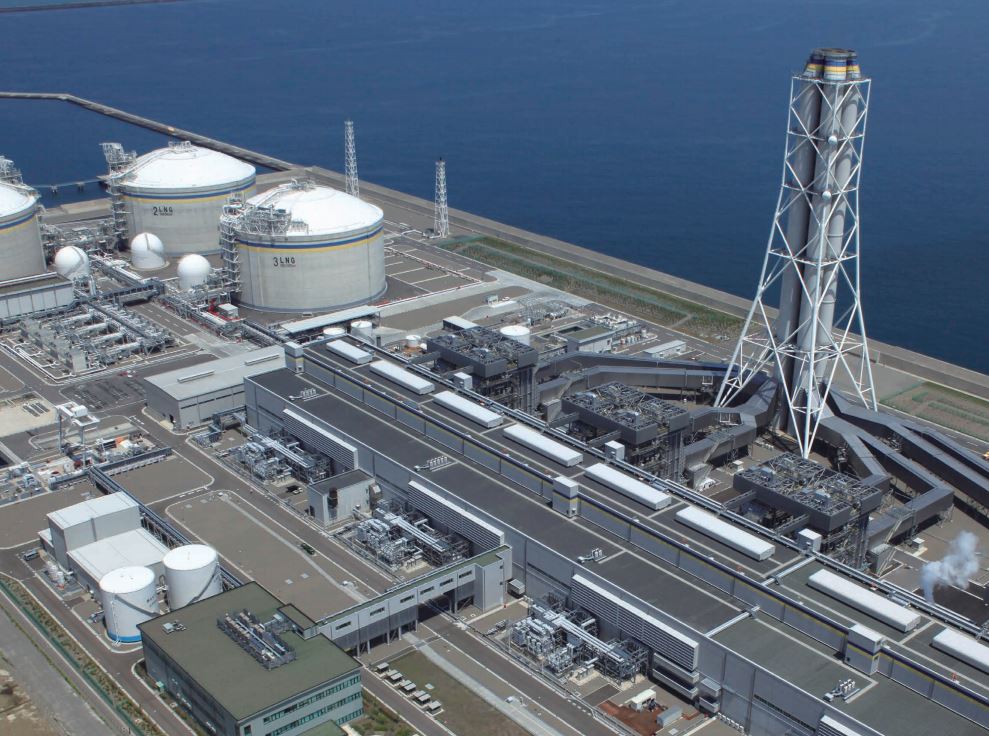Japan’s liquefied natural gas trading giant Jera plans to supply hydrogen to one of its LNG-powered plants as part of a pilot project.
This marks Japan’s first initiative to use a large amount of hydrogen as fuel in a large-scale commercial LNG thermal power plant, according to Jera.
Moreover, the state-owned New Energy and Industrial Technology Development Organization, or NEDO, has granted funds for the project.
“Because hydrogen does not emit CO2 when burned, it is seen as a prospective next-generation fuel for use in thermal power stations instead of fossil fuels,” Jera said.
The joint venture of Tepco and Chubu Electric aims to reduce its use of fossil fuels and to develop “zero-emission thermal power” that emits no CO2 during generation by using hydrogen and ammonia as fuel.
Intermediate to achieving such zero-emission thermal power plants, Jera plans to reduce CO2 emissions by gradually increasing the utilization rates for hydrogen and ammonia, it said.
As the JV looks to achieve the practical use of hydrogen at existing LNG thermal power plants, the new project would switch a portion of the LNG fuel used to generate electricity at Jera’s large-scale LNG thermal power plant in Japan to hydrogen.
Also, Jera said it would evaluate the resulting operational and environmental characteristics over a period of about five years from October 2021 to March 2025.
Based on the results of a feasibility study, Jera aims to build hydrogen supply facilities and other related facilities at its LNG thermal power plant.
This includes installing combustors capable of co-firing hydrogen and LNG in its gas turbines, and to switch approximately 30% of the LNG used for electricity generation to hydrogen by fiscal 2025, Jera said.

